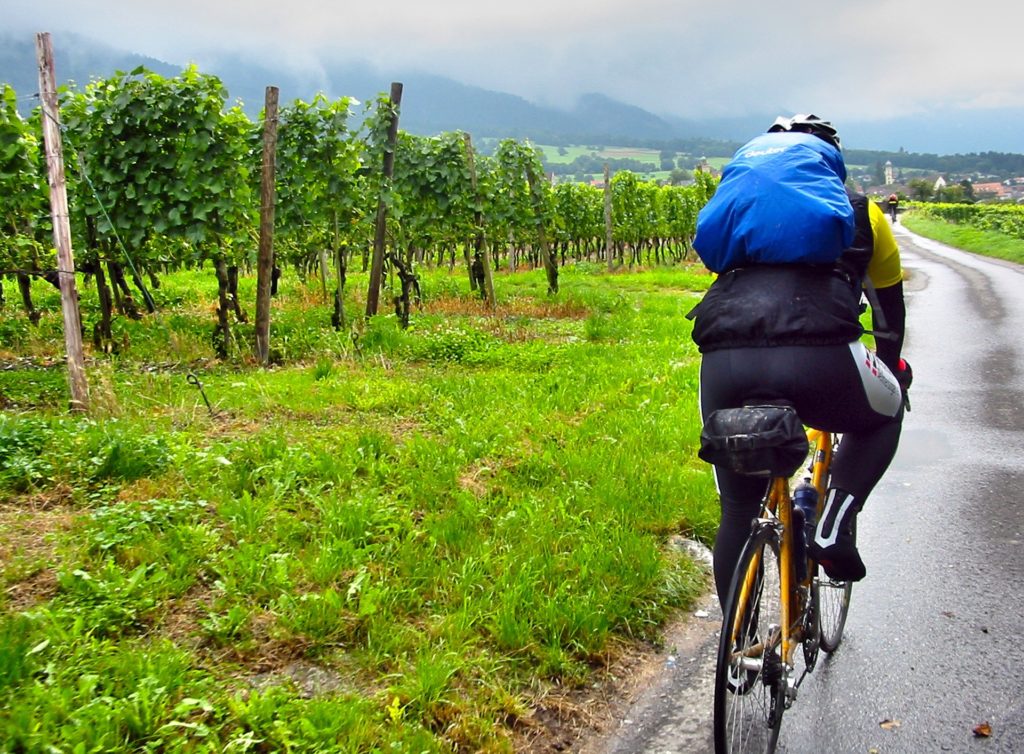Speaking at a press conference for Belgium's crisis centre on Wednesday, Virologist Steven Van Gucht explained how different European countries and regions are assigned green, orange or red codes.
“As you know, the European Union decided on 15 June to reopen its internal borders,” Van Gucht said, reminding that safe movement within Europe in principle requires a comparable spread of the virus between countries, that the measures taken to combat the virus are similar and that there is a good system in place for international contact tracing.
“These conditions are not always met,” Van Gucht said, which is why Belgium’s National Security Council decided to set up a system with regional colour codes, with safety measures linked to each colour.
An evaluation cell named Celeval meets twice a week to evaluate the situation in the wider Schengen zone and assign colour codes.
For this purpose, Europe is divided into regions of 1 to 3 million inhabitants, which more or less corresponds to the size of a typical Belgian province. “This also corresponds, for Europe, with the so-called NUTS-2 level,” he said.
NUTS stands for Nomenclature of Territorial Units for Statistics. These zones are published by Eurostat, the European statistics office, Van Gucht explained.
Related News
- Over 200,000 returning travellers' forms collected in four days
- Thousands of travellers have returned to Belgium from red zones
“In a green area, there’s a limited spread of the virus, with less than 20 new cases per 100,000 inhabitants in the past two weeks. In an orange area, there is an increased spread of the virus, with between 20 and 100 new cases per 100,000 inhabitants, and in a red zone, there is a strong spread of the virus with more than 100 new cases per 100,000 inhabitants in the past two weeks.”
Rising or decreasing trends in figures are also taken into account, as well as the number of tests carried out and other information like the kinds of outbreaks and the measures that are being taken in the country in question, according to Van Gucht.
“For a number of countries, such as France, Portugal, Spain, and soon Croatia and Switzerland as well, the evaluation happens at a slightly lower level, namely NUTS-3.” This change is why the Swiss cantons of Valais and Vaud can be changed from red to green zones, while Geneva remains red.
Celeval’s advice is then sent to the Foreign Ministry, who integrates it in its own travel advice, which is adapted daily on its website around 4:00 PM.
Some countries also have additional demands for Belgians who want to enter their territory, such as a mandatory test or quarantine. These countries are also summed up on the website of Foreign Affairs, Van Gucht pointed out.
“You can freely travel to a green zone and return without additional conditions,” Van Gucht reminded. “The government discourages travel to an orange area, however.”
“Upon return from an orange area, it is furthermore recommended you get tested and go into quarantine for two weeks. This is all the more important if you have participated in activities with an increased risk,” Van Gucht said, citing parties and festivals as examples, along with “activities that aren’t allowed in Belgium yet” such as visits to night clubs.
“Consult your general practitioner in case of doubt,” he added.
Finally, “you cannot travel to a red zone, and upon return from a red area, you are required to get tested and go into quarantine.”
Jason Spinks
The Brussels Times

